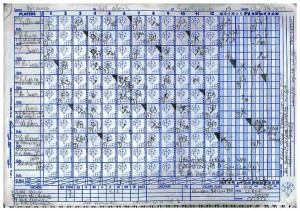Is it Cloud or is it Desktop?
The information technology industry has seen a lot of disruption in recent years, with complexity and risk in systems rising as users demand more functional mobile capability and software developers struggle to protect and preserve their assets (users included). Skyline (by Uni-Data) is jumping right into the middle of it with Numecent, delivering solutions for software developers and cloud providers alike, and answering the question of whether it’s cloud or desktop. The answer is “yes”.


